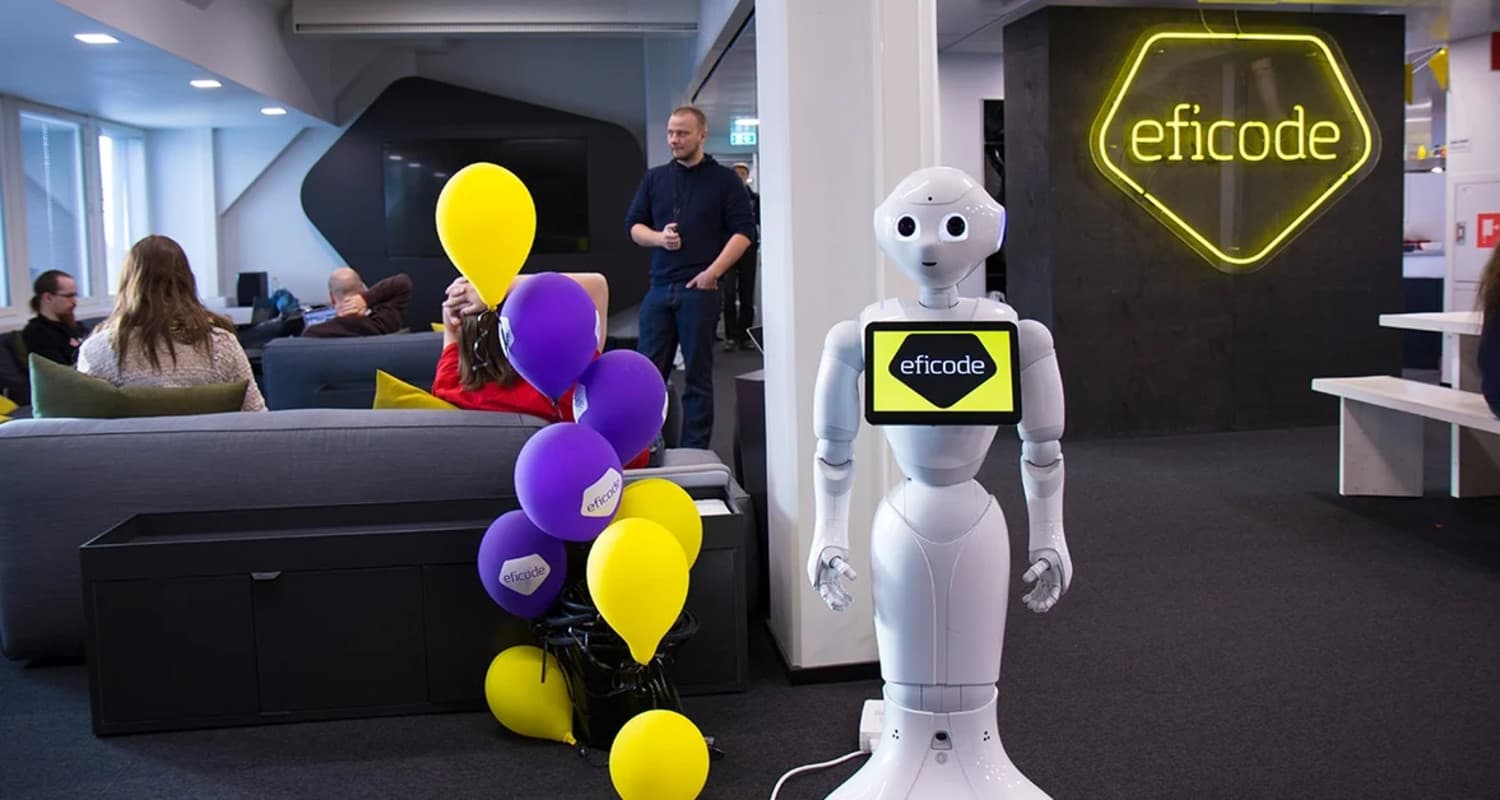Case StudyInternal Product Team: Internal Product Teams - Using Design Systems to integrate UX and DX
Eficode, an IT company specializing in DevOps and development services, faced challenges in maintaining consistency and efficiency across multiple development projects. With teams distributed across several countries, the lack of a unified design and development approach led to inconsistencies in design, redundant efforts, and increased time to market for new features and products. The need for a streamlined process that could integrate design and development seamlessly became apparent.

The Solution
Eficode implemented a comprehensive design system that served as the foundation for their organizational culture and automation. The design system aimed to bridge the gap between design and development, ensuring uniformity, efficiency, and faster delivery times.
- Centralized Design System: Eficode created a centralized design system repository accessible to all teams. This system included components, style guides, and templates for both design and code. By providing a single source of truth, the design system ensured consistency across all projects.
- Integration of Tools and Technologies: The design system incorporated modern tools like Sketch for design and React for development. By standardizing on these tools, Eficode enabled seamless transitions from design to development, reducing the time spent on manual handovers and rework.
- Automation and Continuous Integration: Eficode emphasized automation in their development pipeline. The design system included pre-configured templates for continuous integration and deployment, ensuring that new features could be tested, validated, and deployed with minimal manual intervention.
- Open Source and Collaboration: The design system was made available on GitHub, encouraging collaboration and contributions from all teams. This open-source approach facilitated knowledge sharing and continuous improvement of the system.
- Proactive Testing and Validation: Automated testing frameworks were integrated into the design system to ensure that components were consistently tested for quality and performance. This proactive approach helped identify and fix issues early in the development process.
Outcomes achieved
The implementation of a comprehensive design system at Eficode led to significant improvements in their development processes:
- Improved Consistency and Quality: The centralized design system ensured that all projects adhered to the same design principles and standards. This consistency improved the overall quality of Eficode’s products and reduced the time spent on design reviews and iterations.
- Enhanced Efficiency: By providing ready-made components and templates, the design system enabled developers to quickly assemble new features without starting from scratch. This efficiency reduced development time and allowed teams to focus on innovation rather than repetitive tasks.
- Faster Time to Market: The integration of automation and continuous integration tools into the design system streamlined the development pipeline. This approach significantly reduced the time from ideation to deployment, enabling Eficode to respond more rapidly to market demands and client needs.
- Collaborative Culture: The open-source nature of the design system fostered a collaborative culture within Eficode. Teams across different locations could contribute to and benefit from shared resources, leading to a more cohesive and innovative work environment.
- Scalable and Adaptable: The design system’s modular structure made it easy to scale and adapt to new projects and technologies. Eficode could quickly integrate new tools and frameworks, ensuring that the design system remained relevant and effective.
